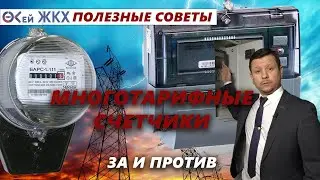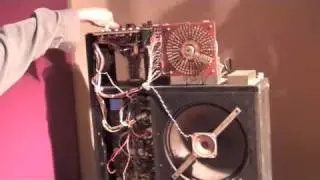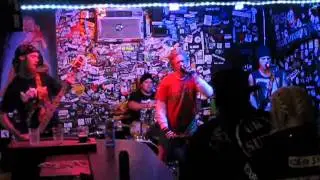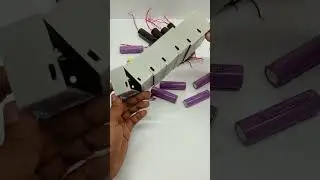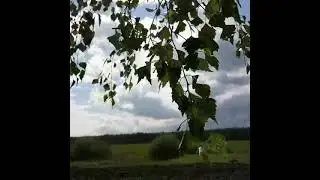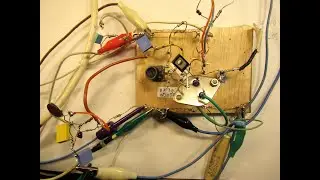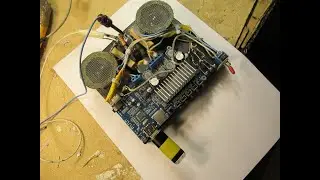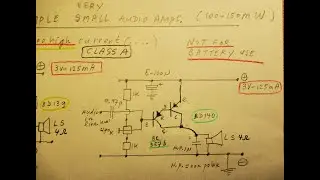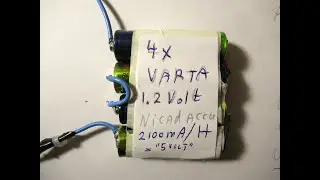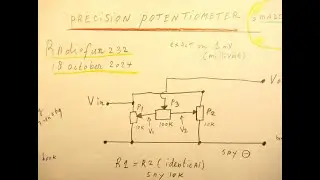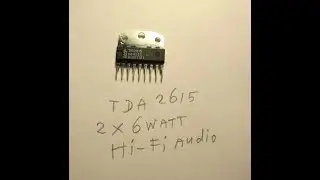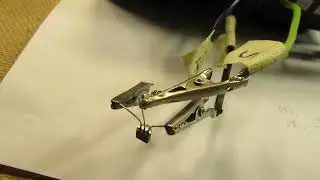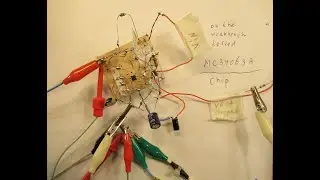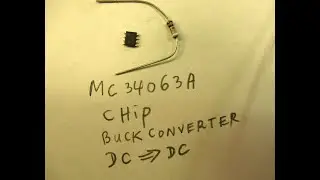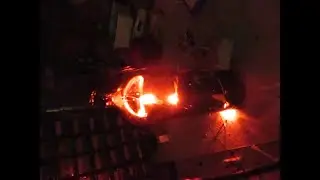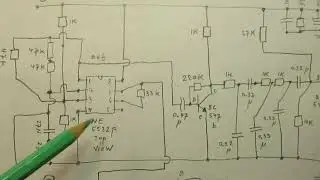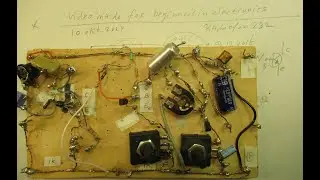Finally success to make a good quality Long Wave (TRF) radio: demo and schematic
Please read the description. A video about how to make a good Long Wave Radio. Made after many (many, say 50) experiments, also with the superheterodyne setup, since November 2021. Second video of this evening 7 dec 2021 (receiving BBC on 198 KC) is here • Finally success to make a Long Wave R...
Very important (!): when you want a more "sharp" better audible audio sound, change the 100 N (=0,1 uF) capacitor that bridges the 100 K resistor after the Germanium detection diode to 1 N, 4N7, or 10 N (=0.01 uF) or completely take that capacitor out of the circuit. The audio will be much "sharper" audible when you do that. Watch also the next video (7 dec. 2021) where that is discussed. Link is • Finally success to make a Long Wave R...
On 6.00 in the video I say "incandescent lamps", but of course they are fluorescent lamps (TL tubes). Sorry for that. Incandescent lamps give NO radio noise, TL tubes and LED lamps (out of the mains, be it 110 V or 230 V AC at 50/60 Hertz) do give radio noise.
By the way: also 1 LED (red) supplied via (say) a proper DC stabilized 12 Volt supply can give radio noise on Shortwave, because of what happens in its barrier layer, where the charges recombine (it was tested experimentally, it surprised me).
The superheterodyne principle did not (!) give better results in this case, the TRF (as it is now, showed) has given the best results, because reception is possible without a long wire or otherwise external wire antenna.
By the way: not always, it depends on your situation (where you live on earth, the distance to the LW transmitter, the noise level at your location, the propagation of Long Waves during the day and night (there are radio propagation tables) and the (say) natural "fading" effect. About that there is more information, say via the www or books, or Google, or e.g. on Wikipedia (term: "radio fading").
Key is in the making of the antenna coil on that ferrite rod with two separate coils of 300 windings (ape hair) that can be tuned both by moving them over a ferrite rod, opposite to each other (video shows how they must be made).
The schematic is showed in the video. It is a 3 stage (kind of) audio amplifier circuit in the 150 KC/300 KC range that is (thus) tuned in a special way (sharp tank circuit on its input, 2 special coils on one ferrite rod) to receive radio stations on Long Wave without (too much) noise.
The first transistor stage (BC 547 b) acts as a kind of HF stage amplifier, the 2 other stages (all with the BC 547 b) are classical grounded emitter amplifier transistor circuits that can be set individually to a certain amplification factor with the help of the 1 K potentiometers in their emitter lead (schematic).
No better results were made with typical HF transistors, like the BF 199. That was tested. We are talking about (say) 150 KC (...!..).
Circuit works properly, also on the magnetic part of the Long Wave radio stations, so without an external antenna.
In the schematic I name the antenna capacitor as 27 P (27 pF) but feel free to do experiments. That value depends on the length of the (long) wire antenna, be it 10 meters or of a smaller length. That antenna capacitor value could (thus) also be 2 pF or 5 pF or 15 pF. It was tested and worked (in the evening) without an external antenna, receiving BBC and France on Long Wave. BBC is on 198 KC.
When the audio sounds too “dull” (not understandable, vague, damped) change the 100 N (0.1 uF) capacitor that bridges the 100 K resistor (after the Germanium detection diode) to: 47 N (=0,047 uF) or 10 N (=0,01 uF) or 1N5. It will make the audio sound “sharper”. Or do'n't use that capacitor at all, say leave it out.
Important reference: this MW Radio, published earlier
• Trying to make a LW Radio pt 4: stumb...
Though now, in this Long Wave Radio, I used 3 transistor amplifier stages, that is 1 extra compared to that earlier MW radio (!). Compare the 2 schematics when you are interested. 7 dec. 2021.
My You Tube channel trailer is here: • Radiofun232 on YouTube. Updated monthly. When you search, search always “NEWEST FIRST” to get the right overview. You can also search via the “looking glass” on my Channel trailer via keywords like ”audio”, “radio”, “amplifier”, “filter”, “Shortwave”, “transistor”, “FET”, “oscillator”, “generator”, “switch”, “schmitt trigger” etc; so the electronic subject you are interested in. My books about electronics & analog radio technology are available via the website of "LULU”, search for author “Ko Tilman” there.
https://www.lulu.com/search?adult_aud...
I keep all my YT videos constant actual, so the original video’s with the most recent information are always on YouTube. Search there, and avoid my circuits that are republished, re-arranged, re-edited on other websites, giving not probable re-wiring, etc. Some persons try to find gold via my circuits. I take distance from all these fake claims. I cannot help that these things happen. Upload 7 december 2021.
![[Raw, Boring] Four Random Landings](https://images.mixrolikus.cc/video/wacFCUJeWzc)

